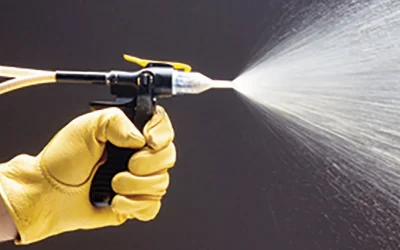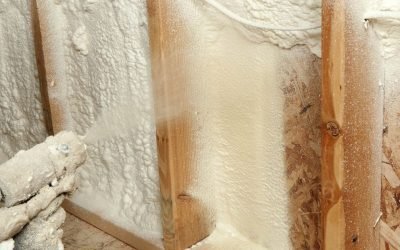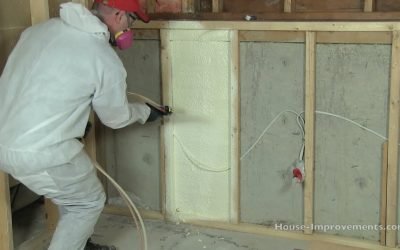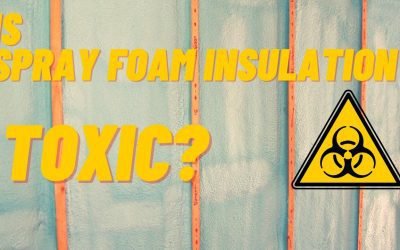Do You Need Attic Ventilation in St. Anthony With Spray Foam Insulation?
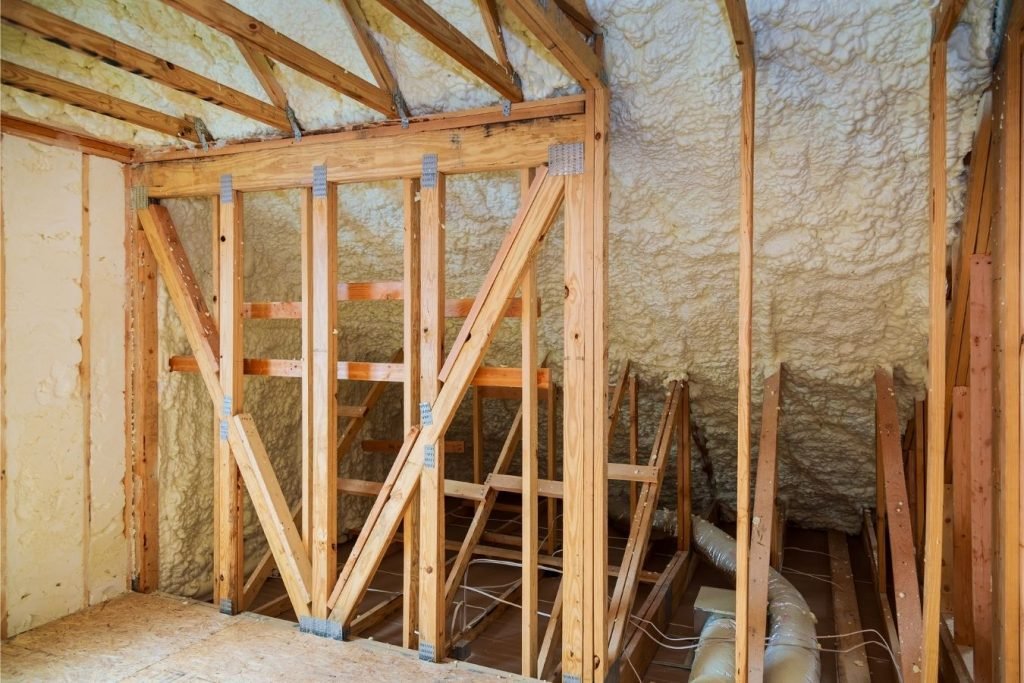
Last Updated on August 14, 2023 by Spray Foam Insulation Plus
Spray foam insulation is an effective material used for insulating buildings. Because it acts as an air barrier that seals cavities present in walls and ceilings. Ventilation is mandatory in your attic to avoid suffocation. But the need for ventilation depends on the type of insulation. Here, we discuss whether spray foam insulated attic needs ventilation or not.
Does Spray Foam insulate the attic and need ventilation?
When you use old traditional insulation in your attic, ventilation is mandatory for you. Because an attic that lacks insulation will absorb more heat. This situation leads to condensation that promotes the growth of mold and mildew and also damages your roof. But when you install spray foam insulation in your attic Ventilation is not needed in attics, because spray foam insulation provides a perfect seal and sealed attics with the roof sheathing of spray foam should be airtight, the attic is thermally and physically closed off from the outside air.
Why is attic ventilation not required with spray foam insulation?
The simplest way to understand why ventilation is not required in a spray foam-sealed attic is that spray foam is applied on the ceiling of the attic, not on the floor. Due to this attic will remain free from outside weather damages while keeping the temperature of the inside attic and the building in tandem.
In the case of cellulose and fiber, they are installed on the floor of the attic. Instead of roof sheathing, it provides pockets between the cold air and the heat coming up from outside the house. So, a properly sealed spray foam attic will repel the warmth of the sun and keep more cooled air in the attic.
Benefits of Spray Foam Insulation over ventilation assembly
Attics are usually constructed with vented assemblies to prevent moisture buildup. But this is not always advisable because not all attics are easy to ventilate. For example:
- In case your attic’s roof has a turret with converging rafters, adding a vent will prove difficult.
- It is also interesting that a vented assembly isn’t the only best way to reduce excess moisture from your attic.
- Ventilation assembly does not prevent the flow of air into or out of an attic assembly, but if you use the spray foam insulation it will prevent the movement of moisture from the attic very well.
- Spray foam insulation is considered ideal for its moisture-blocking properties for unvented attic applications. It also can prevent allergens such as pollen or dirt, or dust from entering the attic, which will provide cleanliness and protection in your attic.
- Spray foam prevents heat and cold from entering the thermal envelope, so reduces energy losses and high energy bills by sealing air leaks.
Conclusion
To conclude, ventilation is not required with spray foam insulation, because it defeats the thermal barrier on the roof deck. If you are starting an insulation project, contact Spray Foam Insulation Plus to get a consultation from our expert team in St. Anthony.
We offer Spray Foam Insulation Services in the Following Cities
Minneapolis | St Paul | Brainerd | Plymouth | Savage | Shakopee | Burnsville| Fridley | Coon Rapids | Blaine | Brooklyn Center | Brooklyn Park | Mounds View | New Brighton | Arden Hils | St Anthony | Roseville | Osseo | Maple Grove | Plymouth
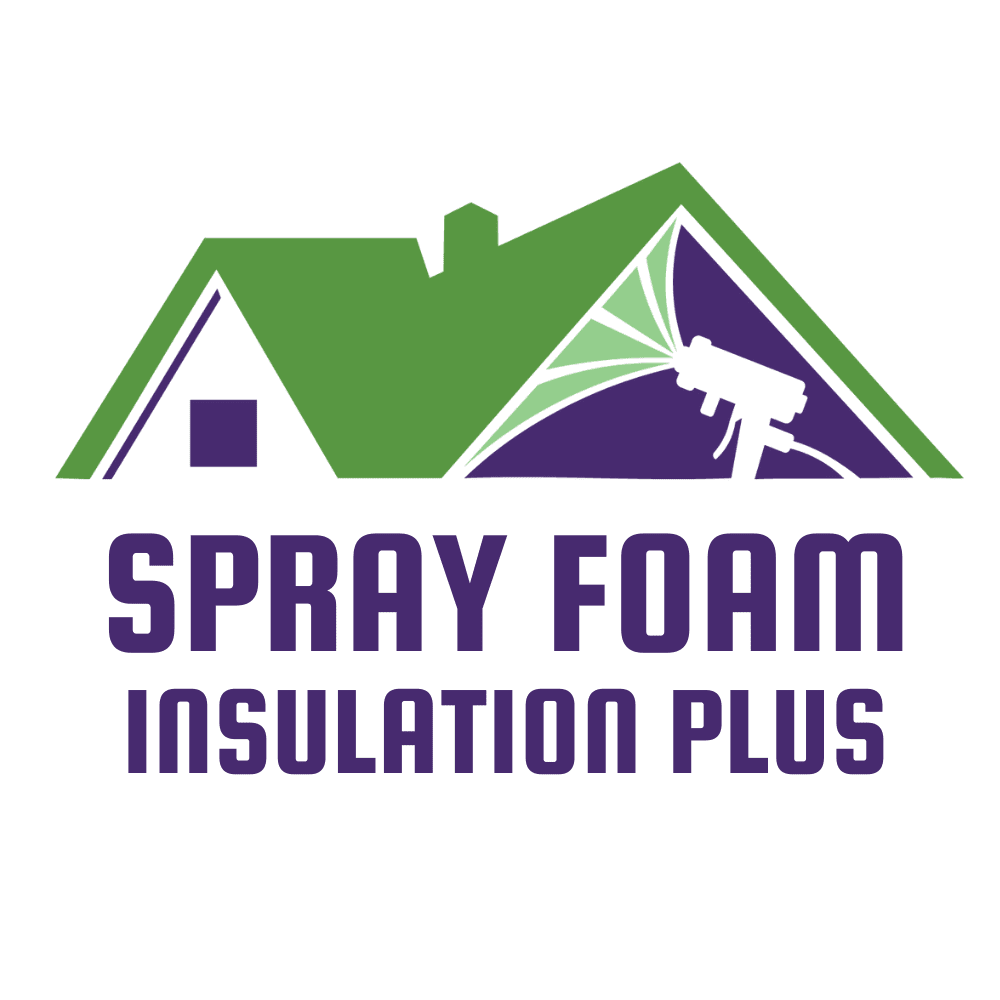
Tags
Preferred Contractors of:

